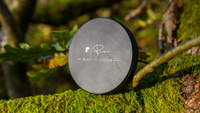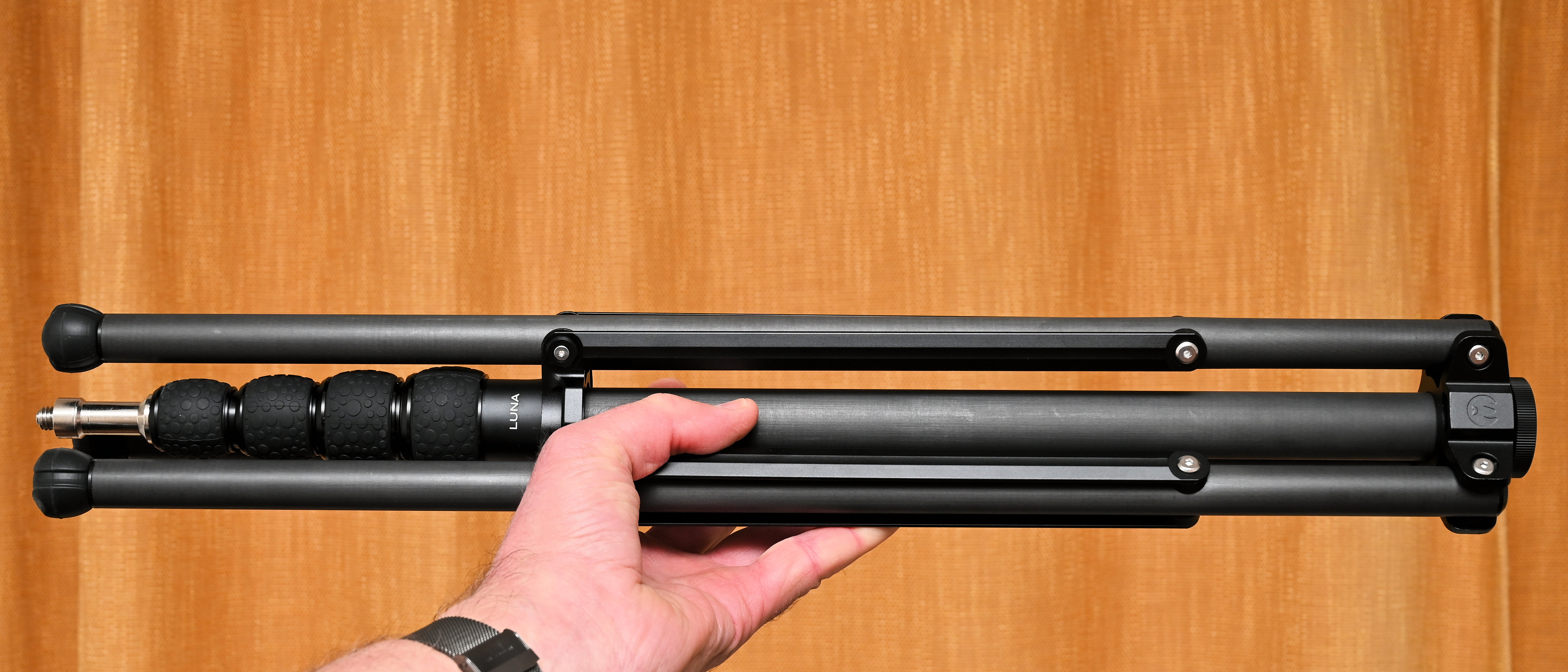Digital Camera World Verdict
Launched back in 2011, the now 13 year old Variable ND filter is showing its age. It has a nice solid frame and handles sharpness well but we’d prefer a hard case instead of its soft pouch. It’s larger at the front than it is at the back so it’s awkward to attach it to your lens plus there’s no hard stops at the extremities preventing you from twisting the strength past the intended parameters. That said, even sticking within the designated Min and Max markings still result in some very unsightly X Bar defects where patches of the image appeared darker than others, particularly when the strength was set between 6-8 stops. For our money, it’s worth splashing out on Tiffen's latest magnetic MCS VND which is brimming with new features and handles image quality much better, too.
Pros
- +
Smooth transitions for video
- +
Versatile 2-8 stop range
- +
Available for most common filter threads
Cons
- -
No front cap for protection
- -
Prominent X Bar effect at maximum strength setting
- -
No hard stops at the extreme strengths to prevent user error
- -
No screw-in handle for easy turning
- -
Awkward to attach and remove
Why you can trust Digital Camera World
A Neutral Density filter, commonly called an ND for short, acts a bit like sunglasses for your lens to block out light and extend your shutter speed, or to control lightflow when shooting video. A Variable Neutral Density (VND) consists of two polarising filters which when turned against each other reduce the light flowing in through the lens and hitting the camera sensor.
Doing so has many useful applications for both photography and videography, including achieving slower exposure times in still images to create movement. They're also handy for controlling the light when you’re shooting video as the shutter speed will be fixed, where changing the ISO or aperture would have an adverse effect on image quality and depth of field. I got hold of Tiffen’s Variable ND filter, first launched back in 2011, and put it to the test to see if you should add one to your kit bag.
Tiffen Variable ND: Specifications
| Filter type | Variable ND |
| Strength | 2-8 stops |
| Mount | Screw-in |
| Thread diameter range (mm) | 52, 58, 62, 67, 72, 77, 82, 95mm |
| Filter material | Waterwhite Glass |
| Frame material | Aluminium |
| Thickness | 12mm (10mm when mounted) |
Tiffen Variable ND: Build & Handling
The Tiffen Variable ND is made in the USA which goes some way to justifying its high price tag of $105 for its smallest 52mm and $229 for the largest 95mm. While it is available in all the commonly used sizes between 52-95mm, it’s worth noting that it’s only available in the older fine threading for 95mm, so won’t fit the courser threads of newer lenses such as the Canon RF 28-70mm F2L USM and Sony FE 200-600mm f/5.6-6.3 G OSS natively, though an adapter can be bought to make it fit.
The Tiffen Variable ND comes with a black soft pouch to keep your filter safe when not in use, though doesn't offer as much protection from impact as a hard case. One thing we instantly noticed is the outer ring is notably larger than the filter thread. Our 82mm mount version had a diameter of 98mm at the front. This should in theory reduce vignetting when shooting at wider focal lengths of say 16-25mm (on full-frame), but did mean our 82mm lens cap was then too small to fit on the front of the filter and there isn't a cap provided with it, so protecting the filter whilst transporting your setup with the filter in situ can be a challenge.
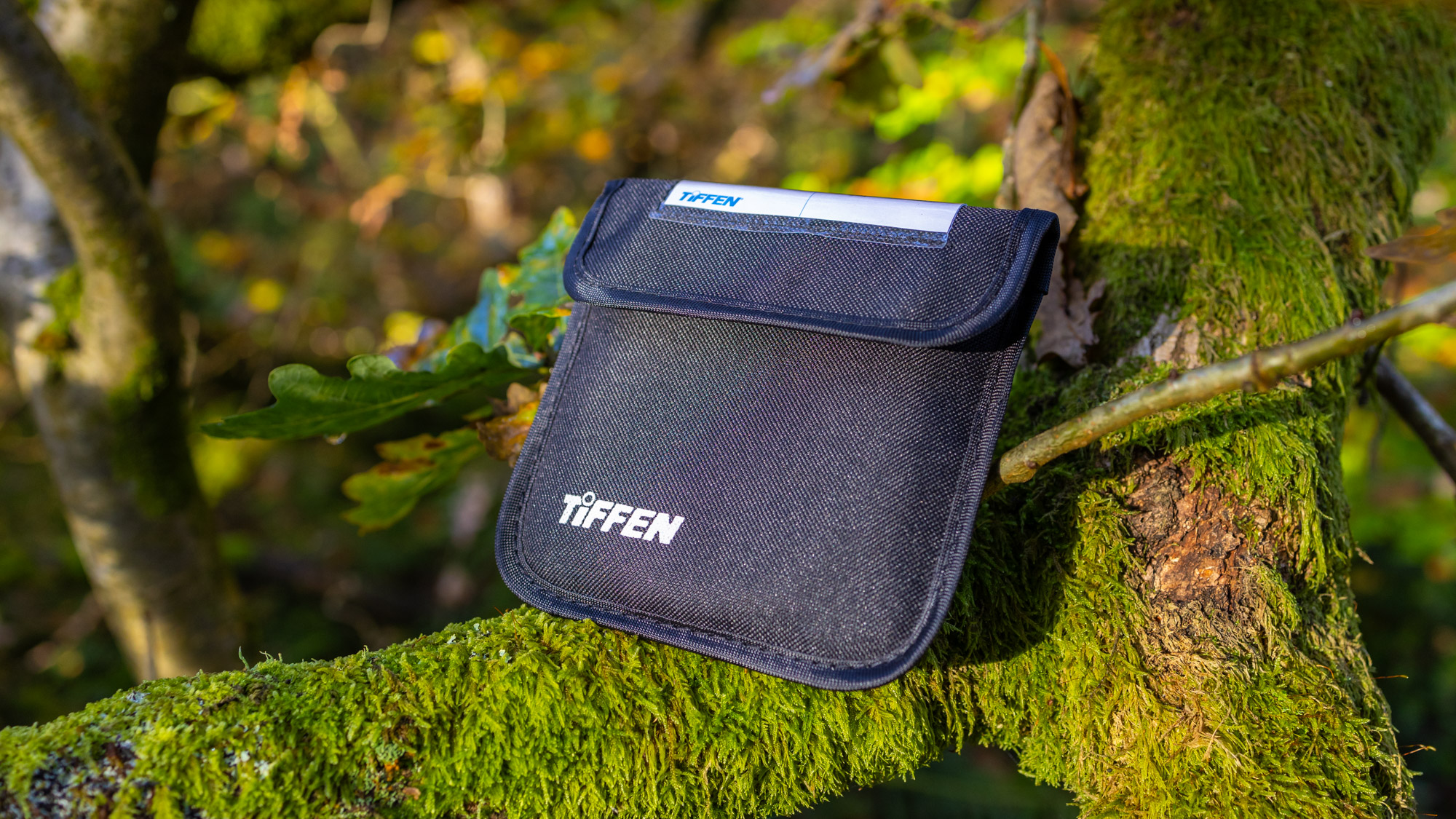
The Tiffen VND offers a very wide and versatile range, blocking between 2-8 stops of light. I recently reviewed the PolarPro Peter McKinnon VND Edition II which comes in either 2-5 or 6-9 stop versions, so having 2-8 stops all in one filter makes it more versatile. Unlike the PolarPro PMVND II however, the Tiffen VND doesn’t have a hard stop at either end of its scale, which means it’s possible to turn it past the intended values which can worsen image quality and cause patchy cross-polarization.
While the PolarPro Peter McKinnon VND Edition II features haptic feedback where it neatly clicks into each full stop position, the Tiffen is de-clicked and smoothly turns from one end to the other and will be preferable for videographers reacting to changing light on the fly, though Tiffen's MCS VND is even better for video with its screw-in handle.
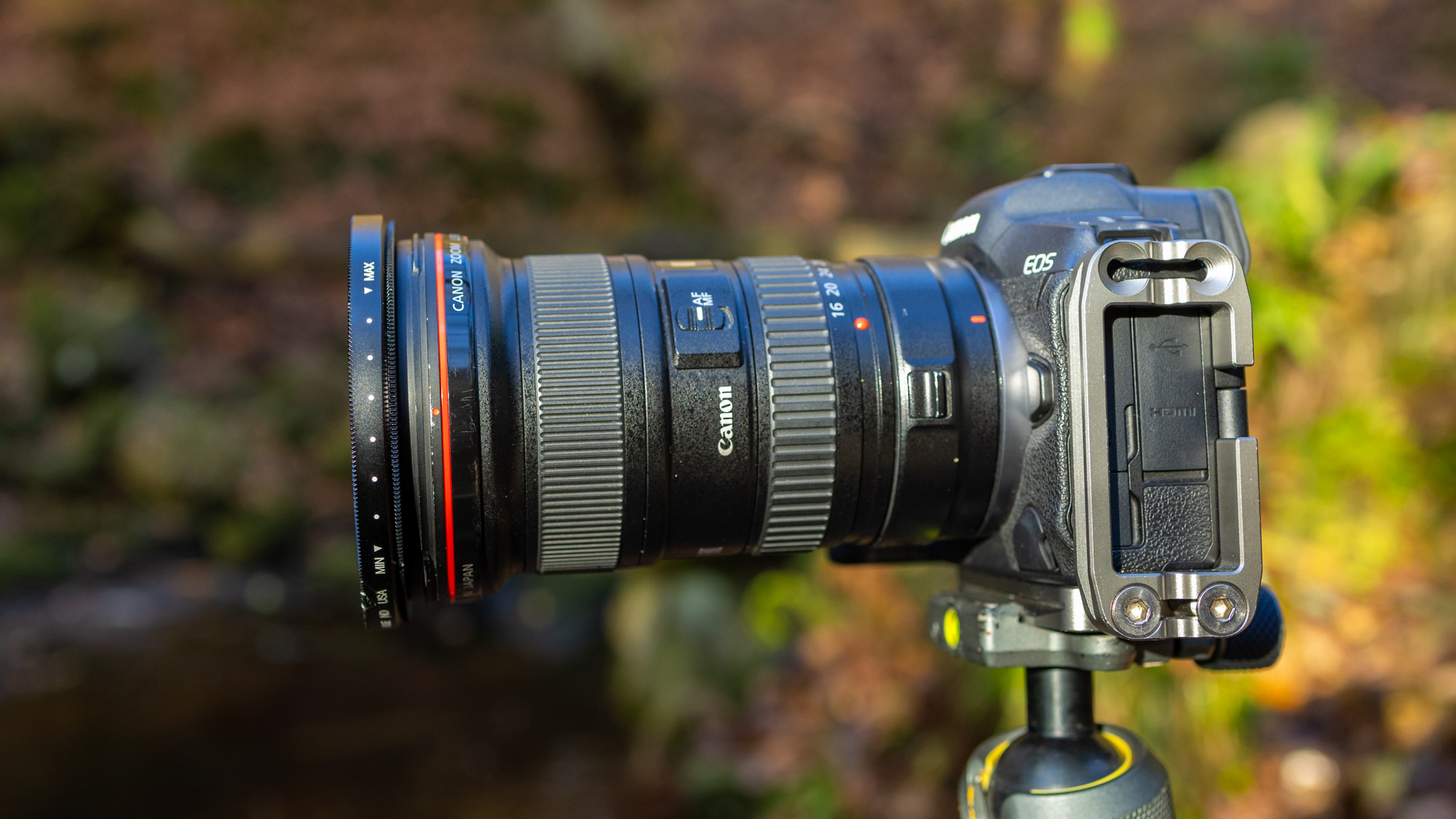
It’s also worth noting that Tiffen makes a newer magnetic model VND filter under its Magnetic Control System (MCS) line which is more expensive starting at $149.99 for the 52mm version and going up to $229.99 for the largest 82mm version.
This MCS version resolves many of the concerns I have with the 13-year-old Tiffen VND on review here. This includes adding hard stops to the extremities to avoid user error, a magnetic lens cap, and also including an optional screw-in handle to make it easier and smoother to operate when recording video. So if these are features you’d really like to see in your VND filter then Tiffen’s MCS magnetic offering is the better option of the two. However, the MCS VND is only available natively for 58, 77, and 82mm threads, so you’ll need to use a step-up adapter if your lens has a different thread. We'd recommend buying the largest version and then using step adapters to make it fit all of your various lenses.
Tiffen Variable ND: Performance
The larger outer ring which you turn to adjust the polarization isn’t knurled on the sides, and the smaller ring which sits behind it is, so this makes it really quite tricky to get a good grip on the filter to either screw it on or remove it from your lens. This ring also doesn’t have a hard stop at each end so it’s tricky to feel when you’ve reached the limits at the 2 or 8 stop settings, this also isn’t helped by the fact that when the filter was fitted to our Canon EF 16-35mm f/2.8L II USM lens, the written scale to show you the strength of the filter actually sat on the underside of the lens.
This made it quite awkward to judge the strength that the VND was set to and would have benefitted from another scale on the filter rim to help in this situation. A hard stop at each end also would have provided some indication that you've reached the maximum settings and would also prevent errors from turning the filter too far.
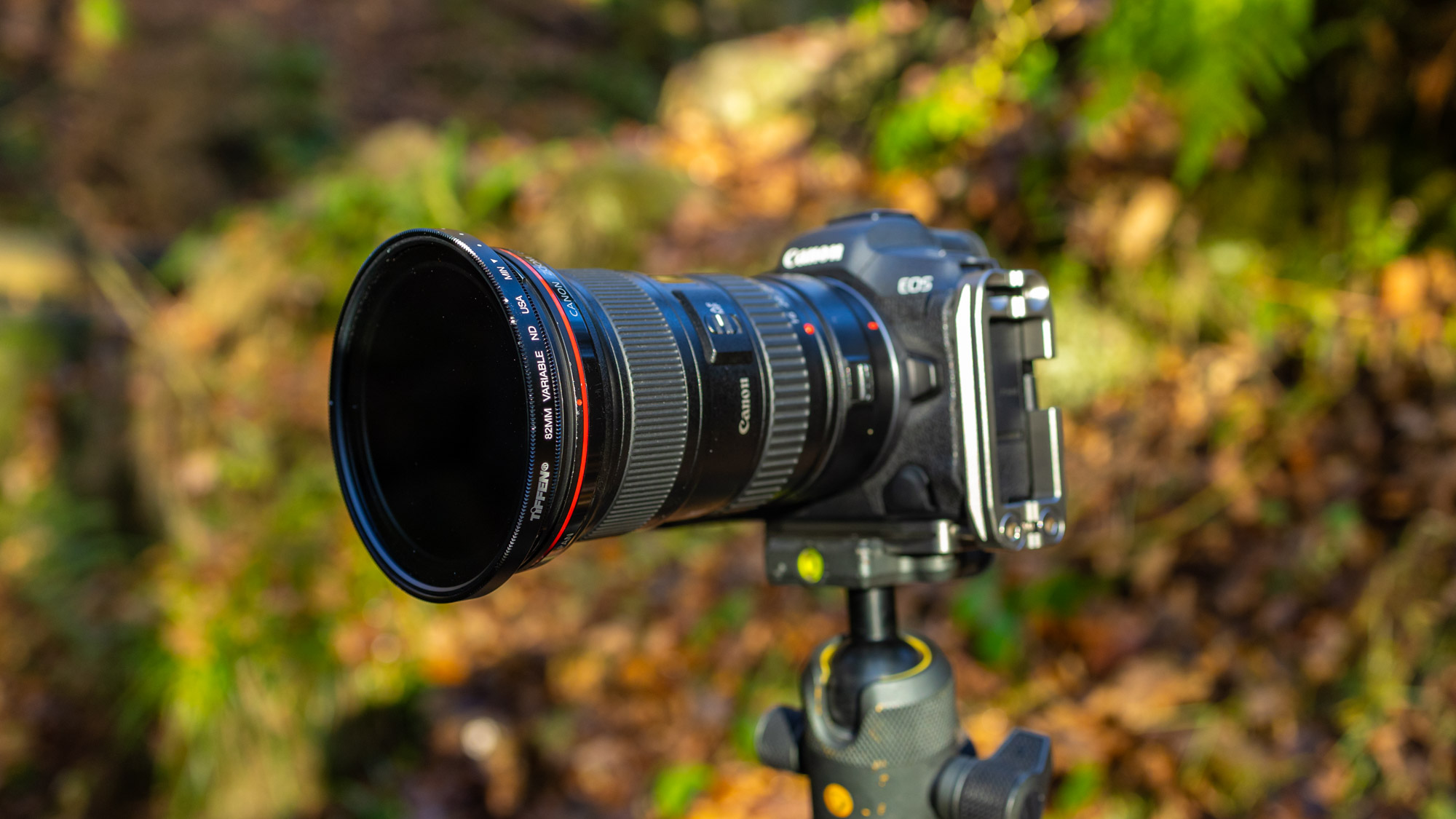
The adjustable ring you turn to set the strength of the VND is ‘de-clicked’ so it’s smooth to turn through all of the f-stop values. This will be welcome for videographers who need to smoothly transition between filter strengths when the lighting changes from say, filming indoors to going outside all in one continuous take. However, there’s no screw-in handle which would make this operation even easier, though this is a feature its newer Tiffen MCS VND sibling has.
While this ring is de-clicked, you can hear the noise of metal rubbing against metal when you turn it, this is really only an issue of you’re recording via a camera’s built-in or a hotshoe microphone, if your mic is positioned away from the camera, such as on a person’s lapel, this won't be an issue.
The VND is made from Tiffen’s Waterwhite Glass though unlike Tiffen’s newer MCS magnetic VND filter which is made from ColorCore Glass, it doesn’t feature a hydrophobic coating – water doesn’t bead off it and it’s a little harder to clean as a result.
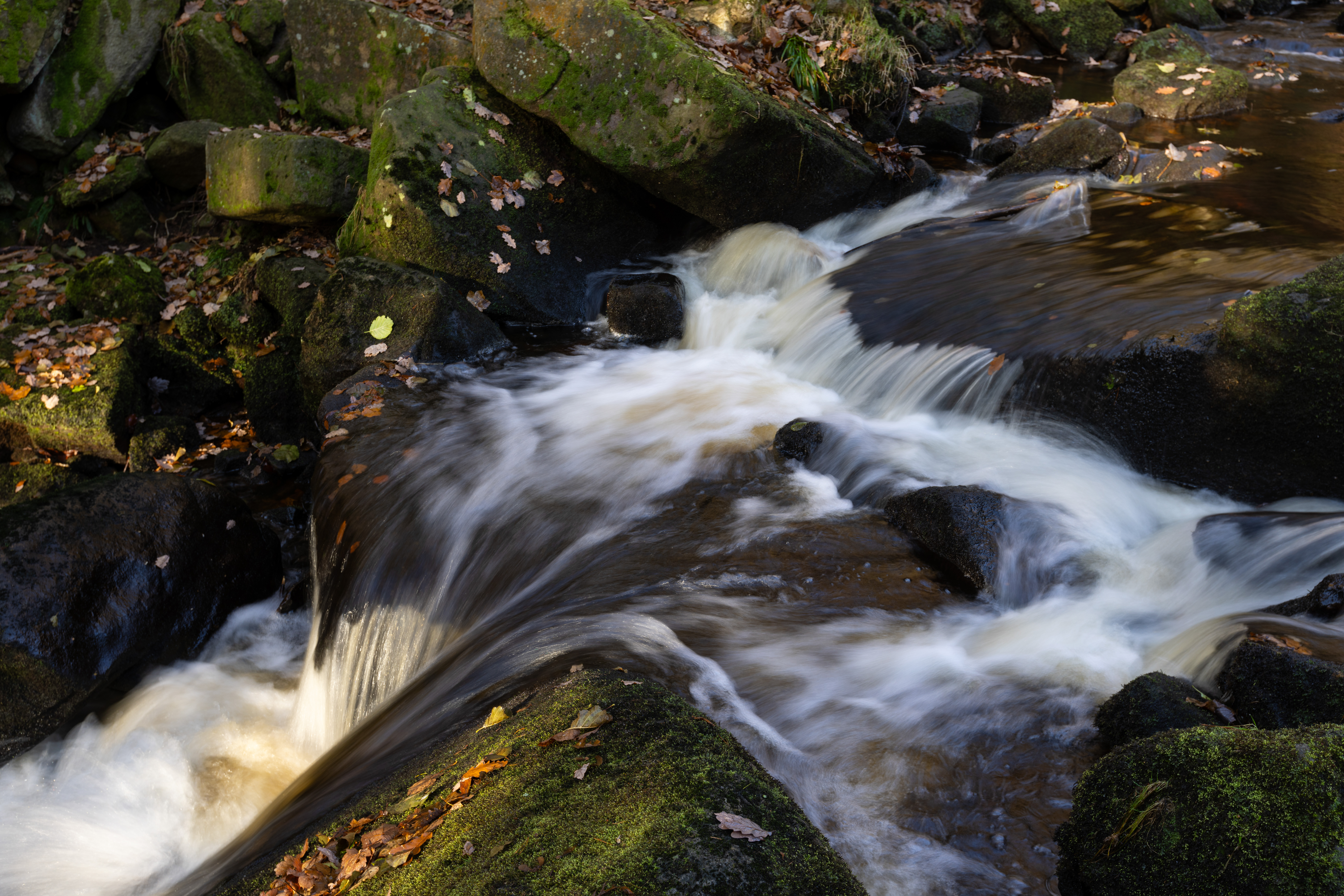
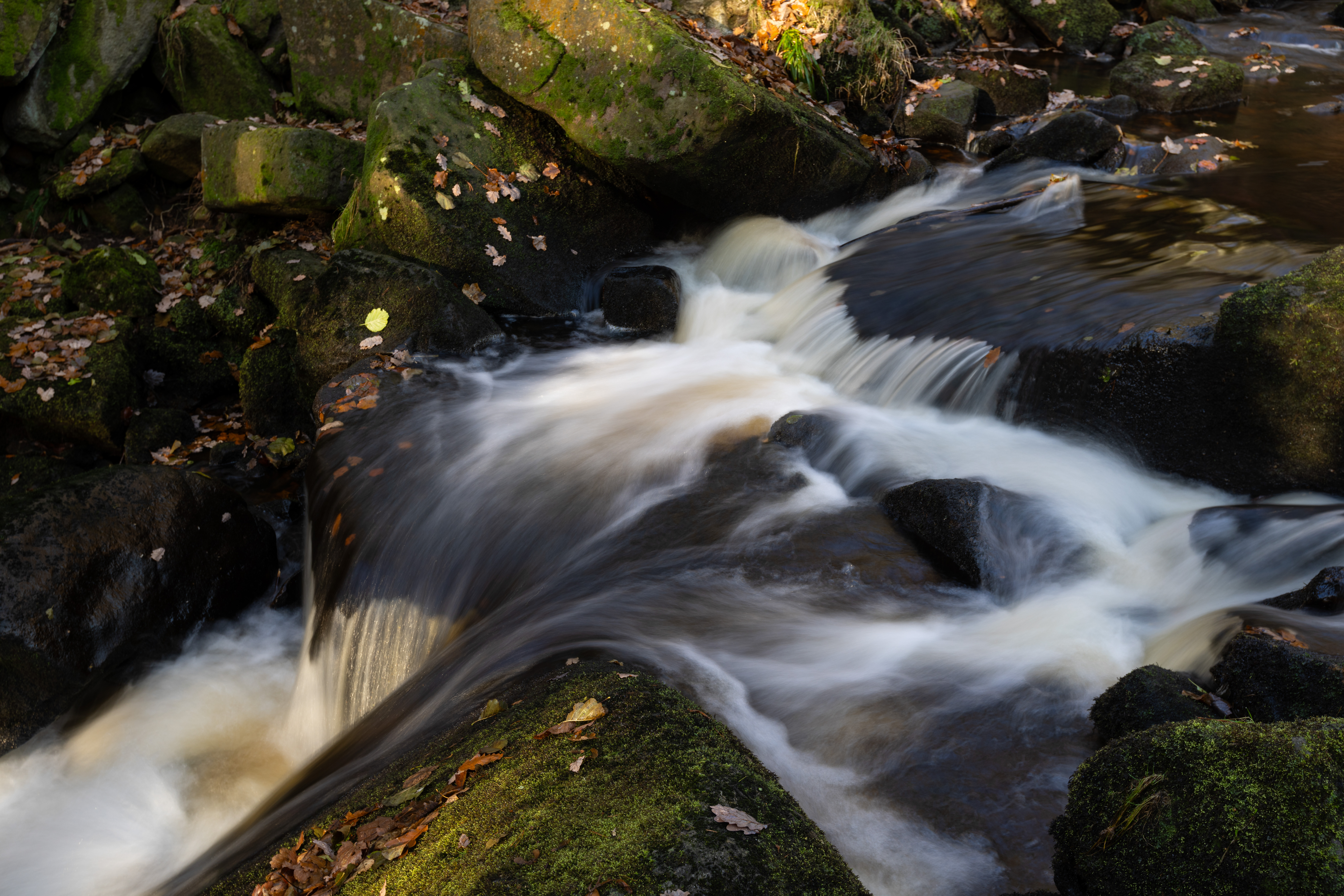
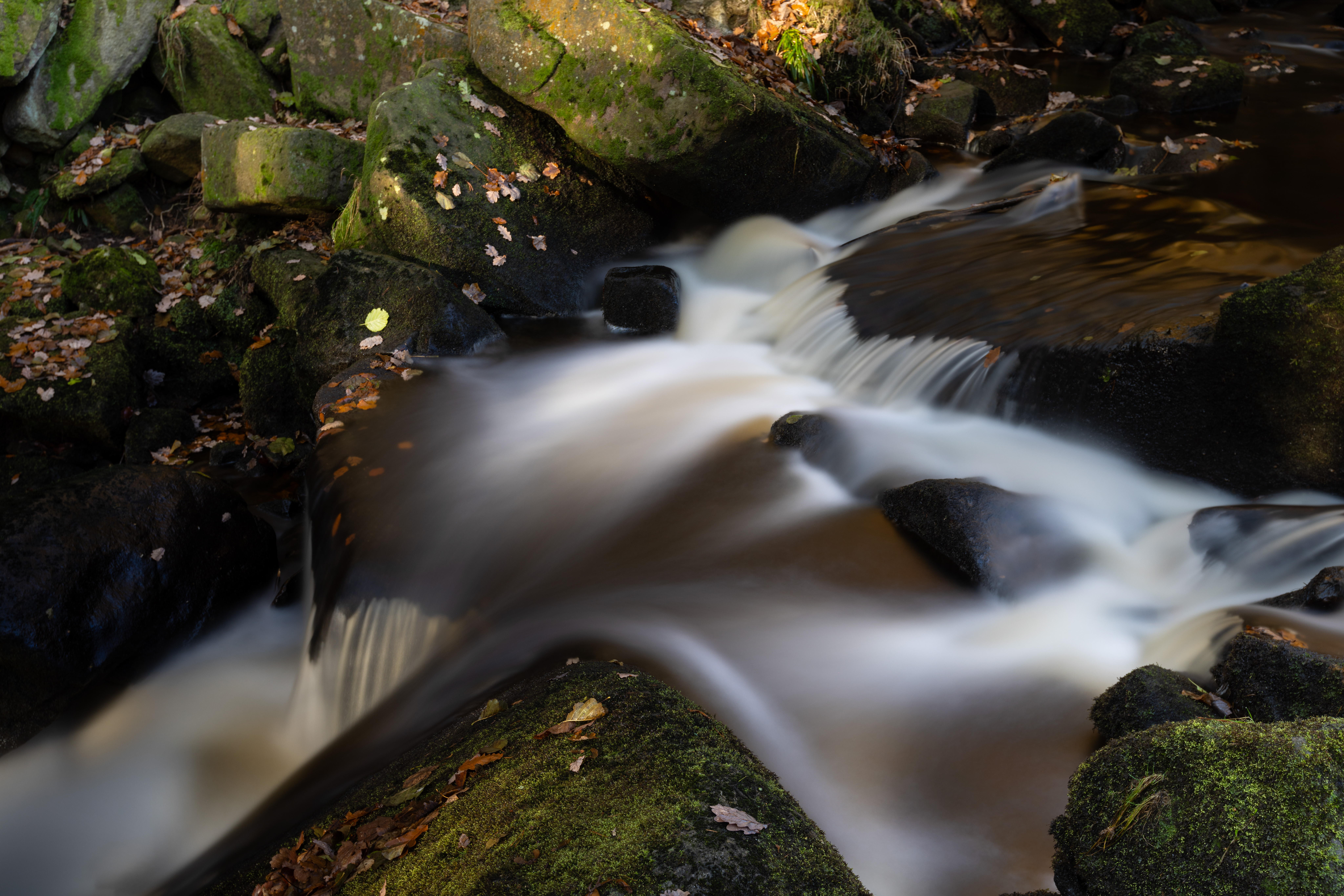
When it comes to image quality the Tiffen VND gives very good sharpness and I didn’t see it exacerbate any defects like chromatic aberration or ghosting into the image so sharpness was nicely held across the frame. The colors did change a little from a warmer at the minimum setting to cooler at the max strength, though this was easily corrected with the auto white balance setting on my camera, and can also be adjusted in Adobe Camera Raw so it's not a deal-breaker.
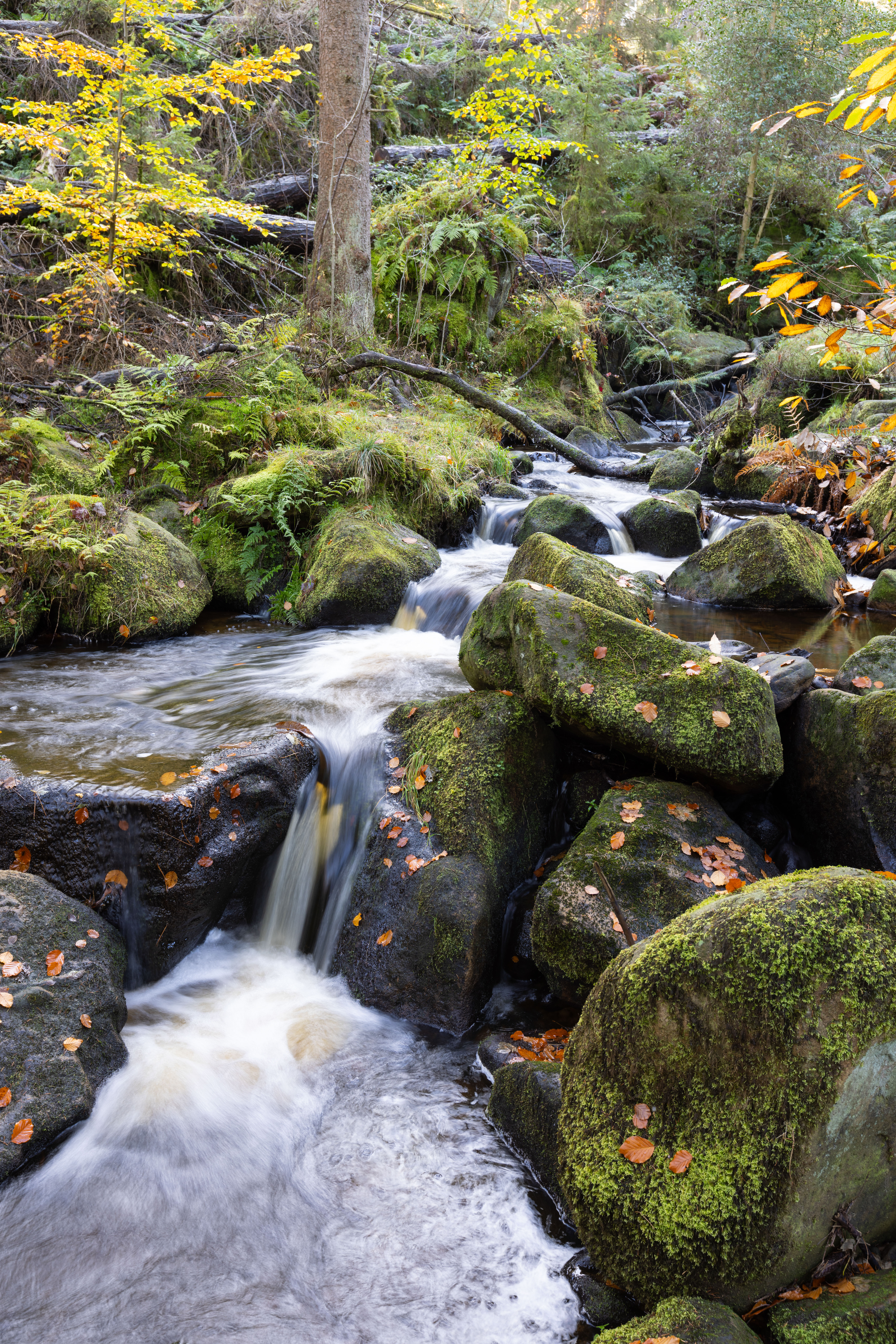
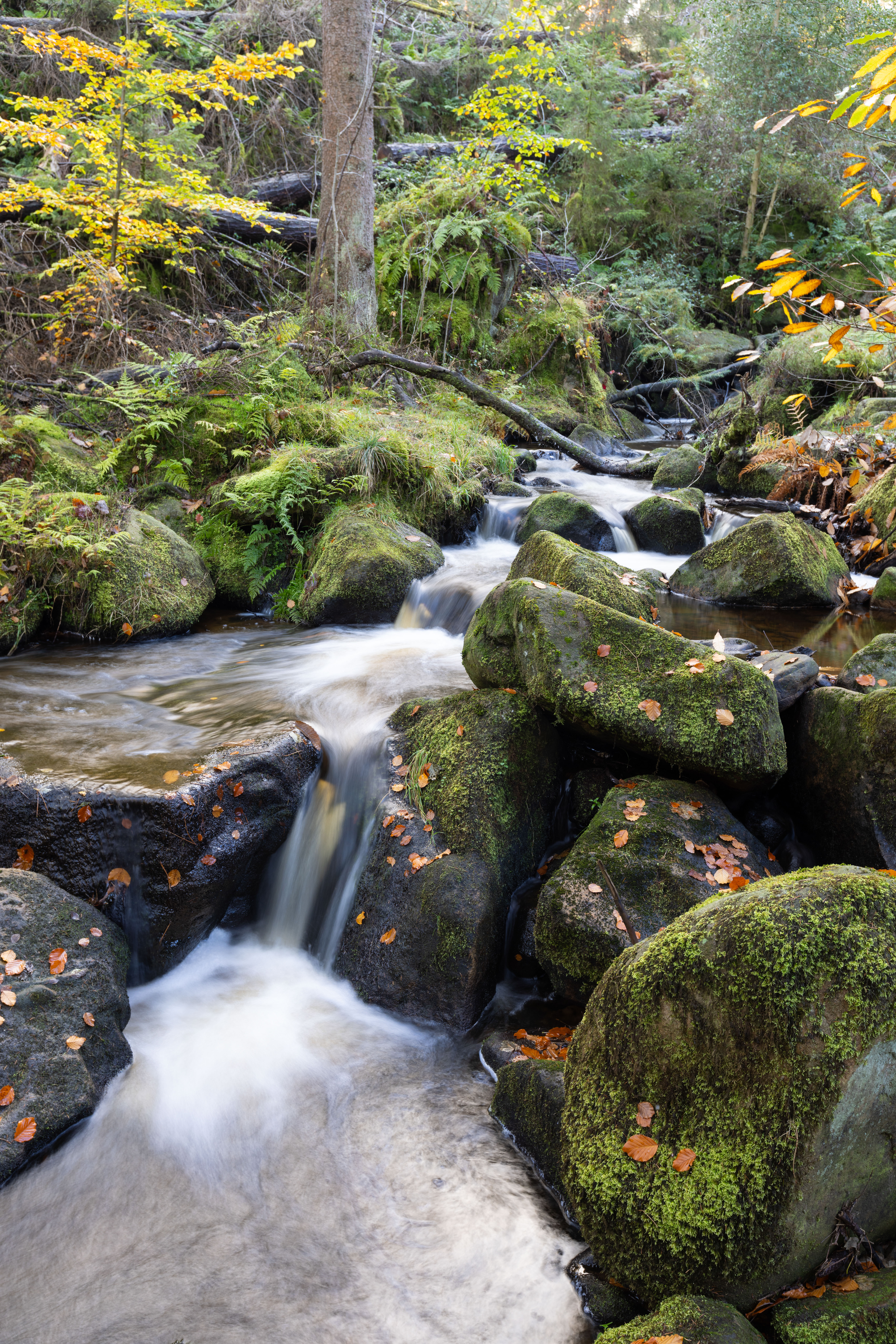
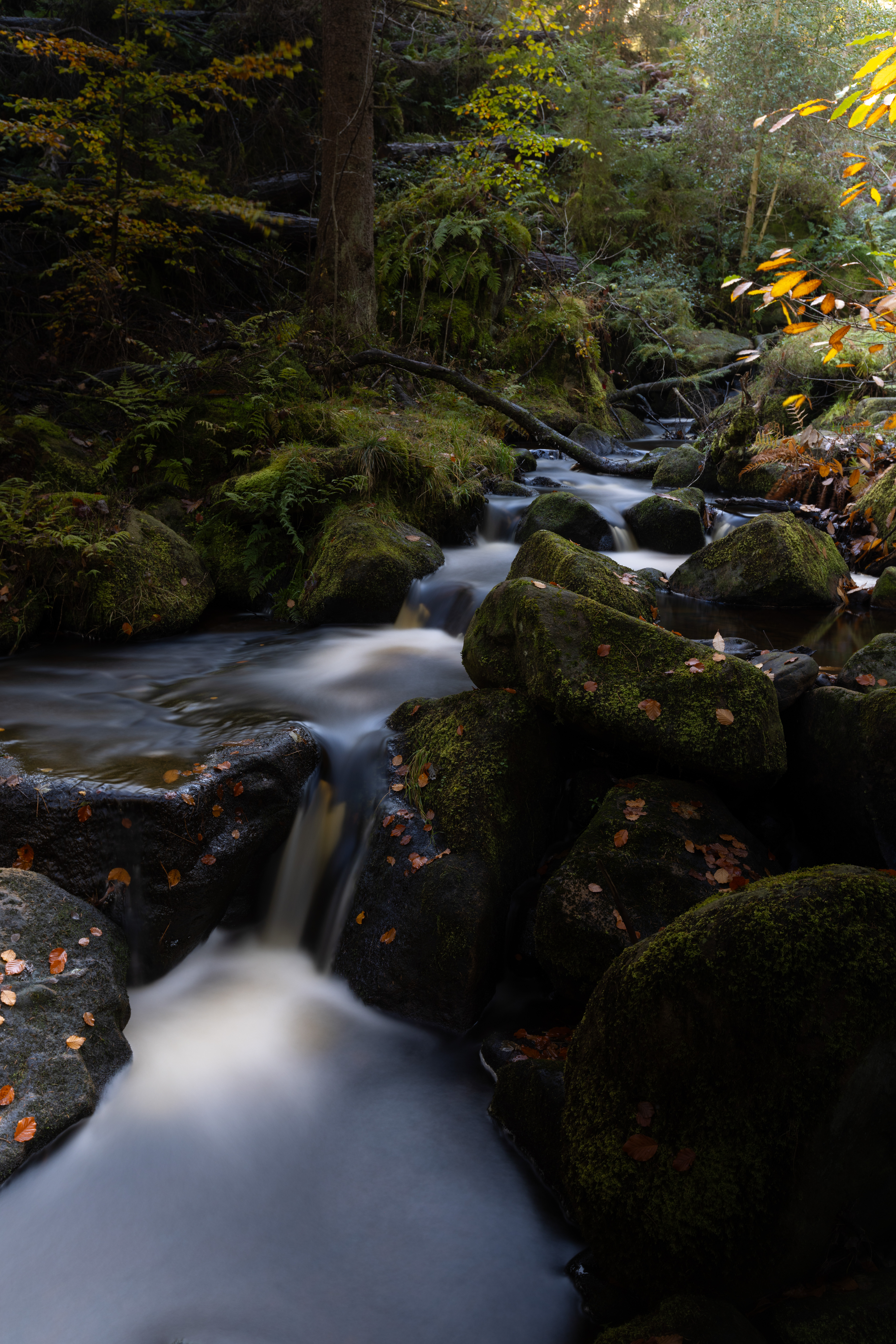
Image quality looked great at the minimum strength, though we saw a real drop off towards the higher values. One issue with this filter in particular is there’s no hard stop to prevent you from going past the max marking on the side of the filter.
That said, even keeping regimented to the designated Maximum marking I saw some terrible X Bar effects which made it unusable anywhere within a couple of stops of the maximum strength setting and even zooming into 35mm still resulted in uneven corners. While Tiffen’s magnetic MCS VND isn’t perfect optically, (debatably all VND filters will be a compromise) the Tiffen MCS VND performed much better so for my money I think it’s worth spending the extra and getting the newer magnetic version instead.
Tiffen Variable ND: Verdict
Tiffen's Variable ND is a solid Variable ND filter, though it is showing its age and the company has significantly improved its design with its latest magnetic MCS version. The newer MCS version puts most of our qualms with this older filter to bed: integrating hard stops at the extreme ends, a magnetic lens cap to protect the front when not in use, a screw-in handle for smoother video transitions, plus its magnetic design makes it faster to use, as well as nice and compact when stowed away.
While Tiffen’s standard Variable ND is more affordable, the newer magnetic MCS version costs about $40 more, though it is more limited in its filter size options. For my money, I think it's worth paying the extra for the magnetic MCS iteration as you’re getting a newer, more future-proof product with some significant upgrades along the way and enhanced image quality too.
| Features | The Tiffen VND offers 2-8 f-stops, de-clicked for video, but lacks hard stops, a handle, and water repellent coating. | ★★★☆☆ |
| Design | The large front ring makes grip difficult, causes knuckle pain, and prevents lens cap fit, risking damage during adjustments. | ★★★☆☆ |
| Performance | The filter is awkward to attach, lacks features for video, and the image quality is inferior compared to Tiffen MCS VND. | ★★☆☆☆ |
| Value | Tiffen VND filters start at $105; affordable options exist, but consider dedicated filters or Tiffen's magnetic MCS VND for quality. | ★★★☆☆ |
Should you buy the Tiffen Variable ND filter?
✅ Buy this if...
- You don’t need a fancy magnetic system as you’ll save yourself some money
- You want a ‘de-clicked’ adjustment ring for smooth video transitions
🚫 Don't buy this if...
- You need a VND filter with a screw-in handle for easier video work as the Tiffen MCS series is a better option
- You want hard stops at the extreme ends of your VND filter to avoid poor image quality and cross polarization
Alternatives
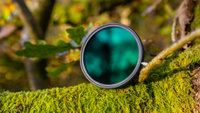
Tiffen’s newer 1.5-10 stops MCS VND filters is a little more expensive but has some desirable upgrades including a wider range of strength settings, magnetic design, compact magnetic filter caps and case as well as a smooth de-clicked strength ring with a detachable metal handle for easy adjustments when recording video.
Is this the ultimate VND filter? The PolarPro PMVND Edition II demands top dollar but has exceptional image quality and build. Its Defender360 system doubles up both as your filter caps and weather-sealed hard case when stowed away, and it has a clicked strength ring for haptic feedback.

Deputy Editor on PhotoPlus: The Canon Magazine, Dan also brings his technical wizardry and editing skills to Digital Camera World. He has been writing about all aspects of photography for over 10 years, having previously served as technical writer and technical editor for Practical Photography magazine, as well as Photoshop editor on Digital Photo.
Dan is an Adobe-certified Photoshop guru, making him officially a beast at post-processing – so he’s the perfect person to share tips and tricks both in-camera and in post. Able to shoot all genres, Dan provides news, techniques and tutorials on everything from portraits and landscapes to macro and wildlife, helping photographers get the most out of their cameras, lenses, filters, lighting, tripods, and, of course, editing software.

